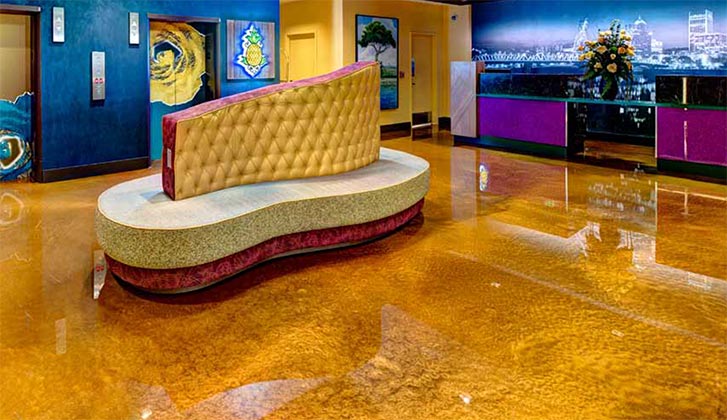September 2, 2019 — Sensing technology company Velodyne Lidar just announced that Optimus Ride will use Velodyne’s groundbreaking lidar sensors in its entire fleet of self-driving vehicles. The sensors provide rich computer perception data that enables real-time object and free-space detection for safe navigation and reliable operation. Optimus Ride, a self-driving vehicle technology company on a mission to transform mobility, will soon be operating its self-driving systems in four US states.

Dr. Ryan Chin, Optimus Ride’s CEO and co-founder, stated:
Velodyne’s sensors provide powerful lidar solutions that help us ensure our self-driving vehicles are the smartest and safest on the road today. For Optimus Ride to operate a fleet at SAE Level 4 requires significant sophistication, intelligence, range and resolution. Velodyne’s technology meets these high standards.
Optimus Ride operates self-driving vehicles that provide passenger transportation at low speeds within defined, geofenced areas such as mixed-use private developments, industrial and office parks, military and academic campuses, ports, airports, and self-driving zones in cities.
The company’s fully autonomous vehicles are currently deployed in Boston’s Seaport District, South Weymouth, MA, and at the Brooklyn Navy Yard in Brooklyn, NY. The Navy Yard deployment is said to be the first commercial deployment of self-driving vehicles in the state of New York. Optimus Ride will also soon deploy its vehicles at Paradise Valley Estates in Fairfield, CA, and Brookfield Properties’ Halley Rise development in Reston, VA.
Using Velodyne sensors, Optimus Ride can precisely locate the position of people and objects around its vehicles, as well as calculate their speed and trajectory. With that information, the vehicle’s on-board computer system determines how to drive to its destination.
Mike Jellen, president and CCO, Velodyne Lidar, remarked:
The Optimus Ride fleet showcases how Velodyne’s intelligent lidar sensors are helping companies place autonomous vehicles on the road today. Optimus Ride has an ingenious approach to providing people with access to efficient and convenient self-driving mobility — effectively solving the first- and last-mile problem.
San Jose, California-based Velodyne Lidar provides smart, powerful lidar solutions for autonomy and driver assistance. Velodyne says its founder and CEO, David Hall, invented real-time surround-view lidar systems in 2005 as part of Velodyne Acoustics, revolutionizing perception and autonomy for automotive, new mobility, mapping, robotics and security. Velodyne’s high-performance sensing solutions include Puck, Ultra Puck, Alpha Puck, ADAS-optimized Velarray, and Vella software for driver assistance.
Optimus Ride develops self-driving vehicle algorithms, software, hardware, and system integration for mobility-on-demand solutions. With roots at MIT, Optimus Ride’s team of industry experts work closely with the company’s clients to design networks and systems specifically for each environment, ensuring end-users reap all the benefits this technology has to offer.




